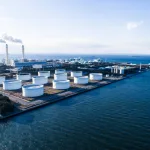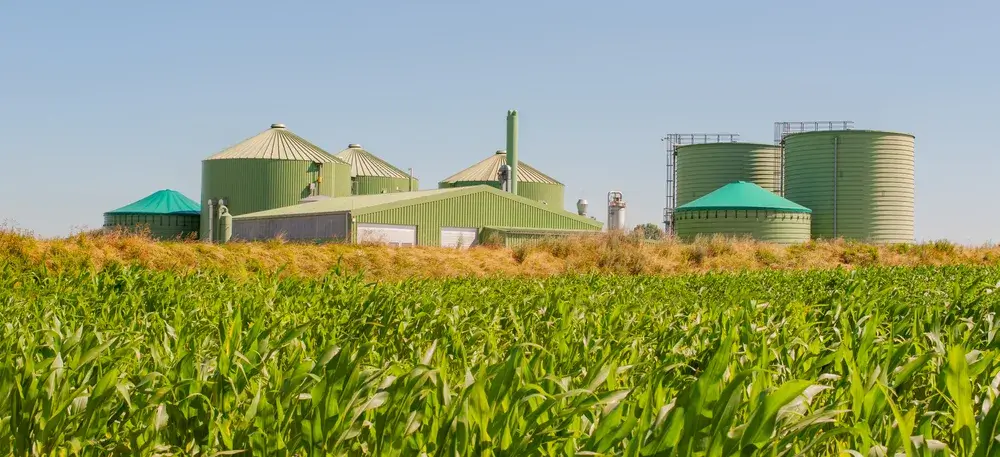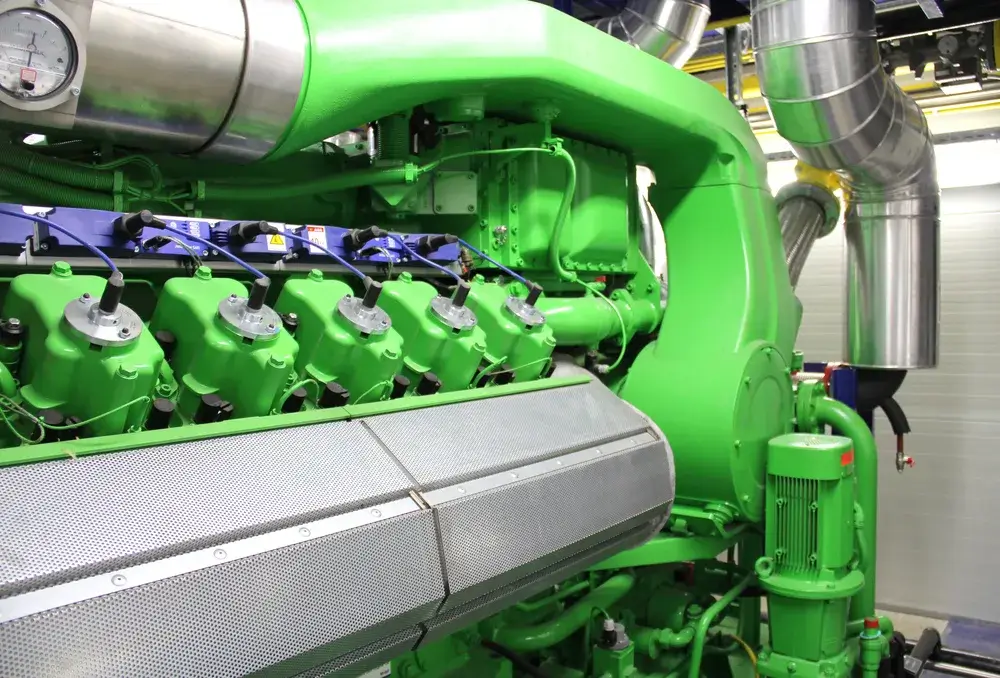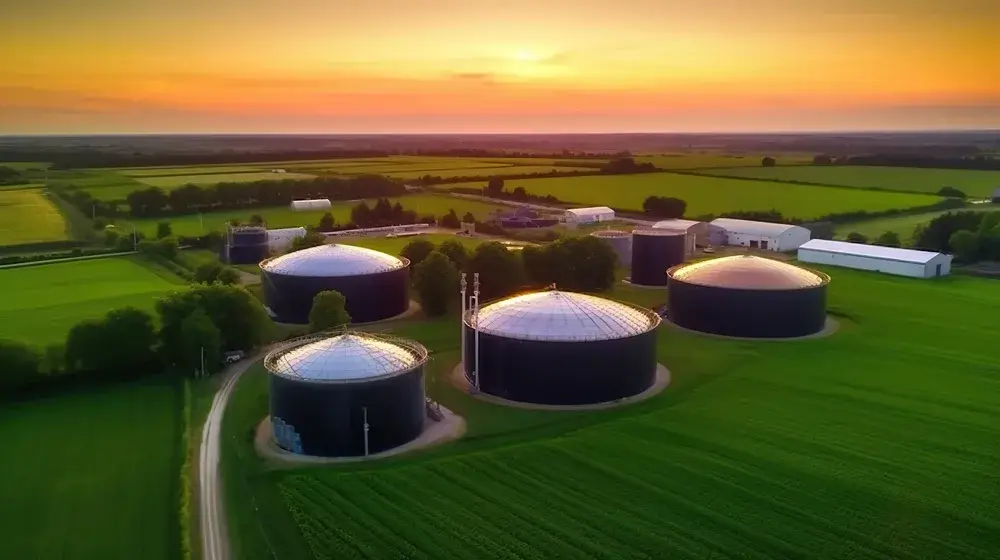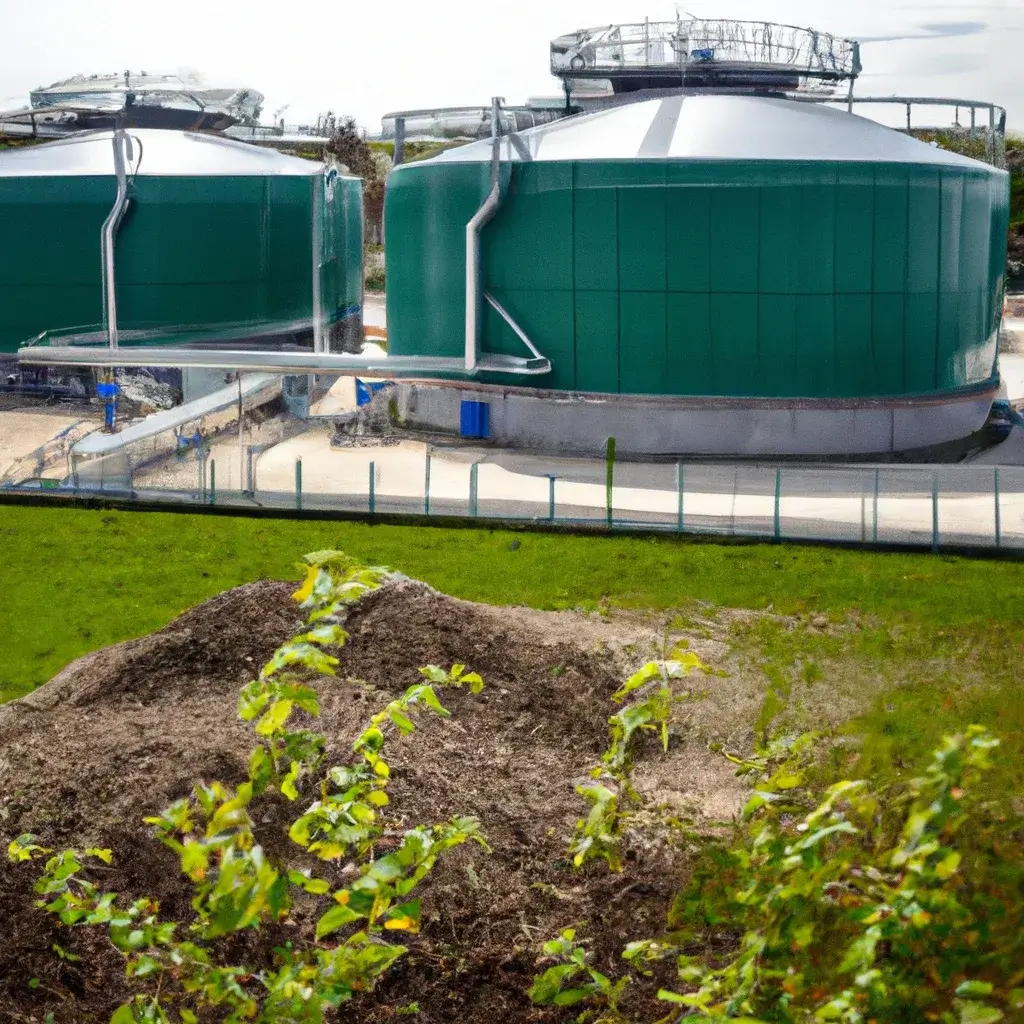How is natural gas formed?
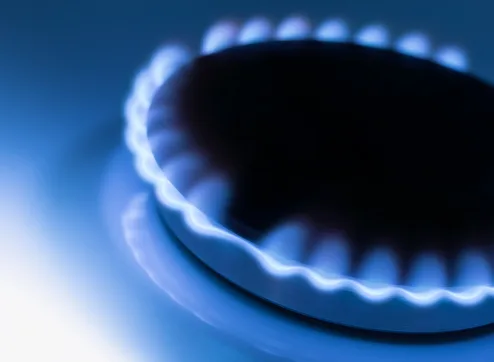
Natural gas, a valuable natural energy source, harbors secrets that are millions of years old. Its formation is a captivating interplay of time, pressure, and organic processes deep within the core of our planet. However, how do simple organic materials undergo transformation into this potent gas? Join us on a journey into the depths of the earth as we unravel this enigma.
Natural Gas — more than an energy source
Natural gas is much more than just an energy source — it is a wonder of nature that lies hidden within the depths of our planet. This colorless and odorless gas is primarily composed of methane and contains small quantities of other hydrocarbons and impurities. The natural composition and characteristics of natural gas make it not only an efficient fuel, but also a cleaner alternative compared to other fossil fuels.
Over the years, it has become indispensable to our modern society, as it heats homes, generates electricity, and serves as a raw material in the industry.
A Journey into the Past – The Origins of Natural Gas
The history of natural gas dates back long before our time, to an era when the Earth was still dominated by prehistoric plants and animals. When these organisms died, their remains gathered at the bottom of lakes and seas, where they mixed with sand and mud. Over millions of years, these layers were gradually buried under additional sediments, becoming deeply embedded in the Earth.
Under the immense pressure and high temperatures deep underground, these organic materials underwent a gradual process of decomposition and transformation. This led to the formation of hydrocarbons, including methane, which is the primary component of natural gas. This journey into the past highlights how the remnants of ancient organisms ultimately evolved into one of the central sources of energy in our modern world.
The Depths of the Earth – Processes and Locations of Formation
Once organic materials are trapped deep in the earth, complex geological processes begin. The combination of increasing pressure and heat at these depths causes further decomposition of the organic deposits. The key to the formation of natural gas lies in this combination of pressure and temperature, which transforms the organic matter into methane and other hydrocarbons.
These gases accumulate in porous rock formations, often in association with petroleum. Typical reservoirs include sandstone or limestone deposits, but shale rock can also hold significant amounts of natural gas. These natural storage areas, commonly known as “gas traps” securely retain the gas until it is accessed and utilized by humans through drilling.
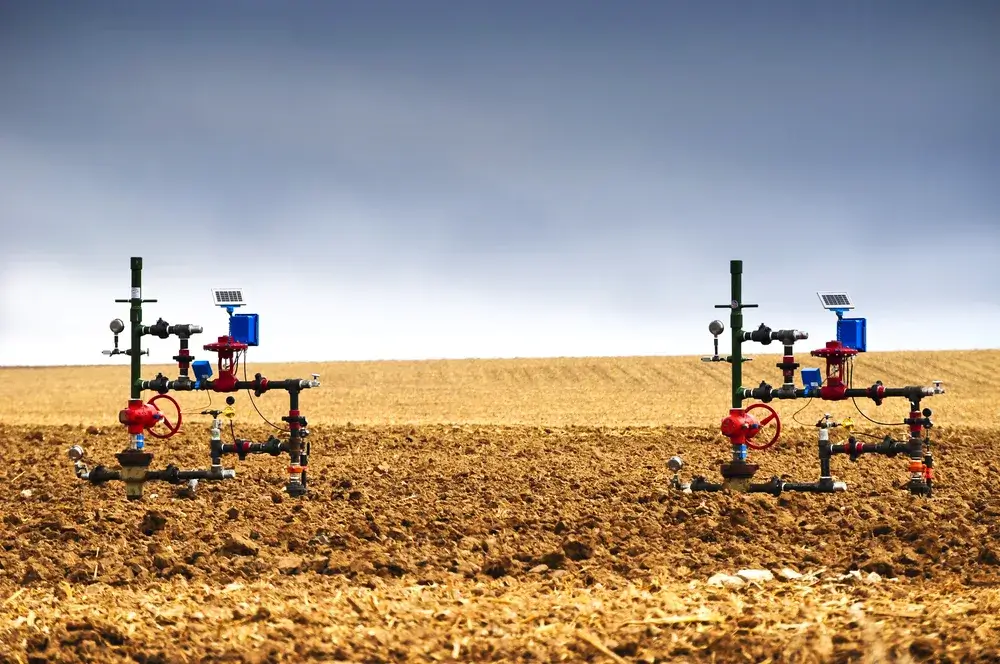
Nature vs. Humans – Alternative and Artificial Forms
While the natural formation and formula of natural gas is a slow and age-old process, human ingenuity has found ways to produce gas artificially. Synthetic natural gas, often referred to as SNG (Synthetic Natural Gas), is derived from solid carbon sources such as coal or biomass through chemical processes. The main advantage of SNG is the ability to utilize local resources and reduce dependence on natural gas reserves.
However, even though synthetic natural gas possesses similar characteristics to its natural counterpart, there are significant differences in terms of production, quality, and environmental impact. The debate surrounding the utilization of natural versus synthetic natural gas represents a fascinating clash between Mother Nature and human ingenuity, with both forms having their own advantages and challenges.
A glimpse into the future – Natural Gas and its role in the energy mix
In a rapidly evolving energy world, natural gas is taking the lead. Currently, it is one of the primary sources for heat, electricity, and mobility (LNG), and stands out for its efficiency and relative environmental friendliness compared to other fossil fuels. However, the energy market is undergoing rapid changes. Renewable energies such as solar, wind, and water are gaining significance and putting traditional energy sources under pressure.
However, it is expected that natural gas will continue to play an important role in the future due to its versatility and the possibility of CO2 capture and storage. It serves as a bridge technology towards a low-carbon future and has the potential to contribute to the reduction of greenhouse gas emissions as a cleaner fuel. The specific role of natural gas in the future energy mix will ultimately be determined by technological advancements, political decisions, and environmental considerations.
PowerUP – Your partner in gas engines
With a range of gas engine solutions, PowerUP provides you with service and spare parts suitable for brands like INNIO Jenbacher®, MWM® and Caterpillar®. From specially designed gas engine spare parts to gas engine repairs, replacement engine, and even a container solution – thanks to our expertise in this field, our customers always benefit from the highest quality service.


